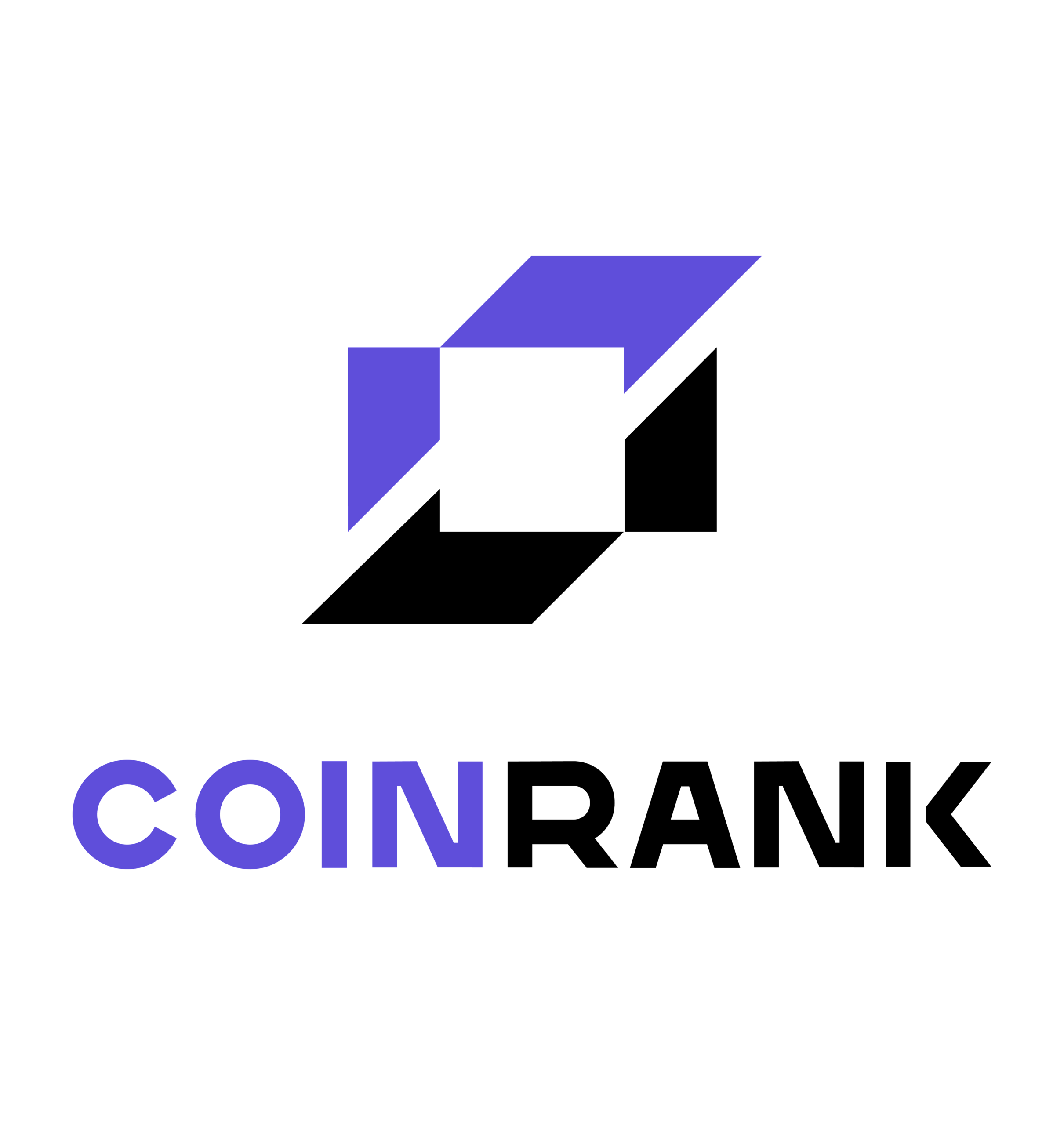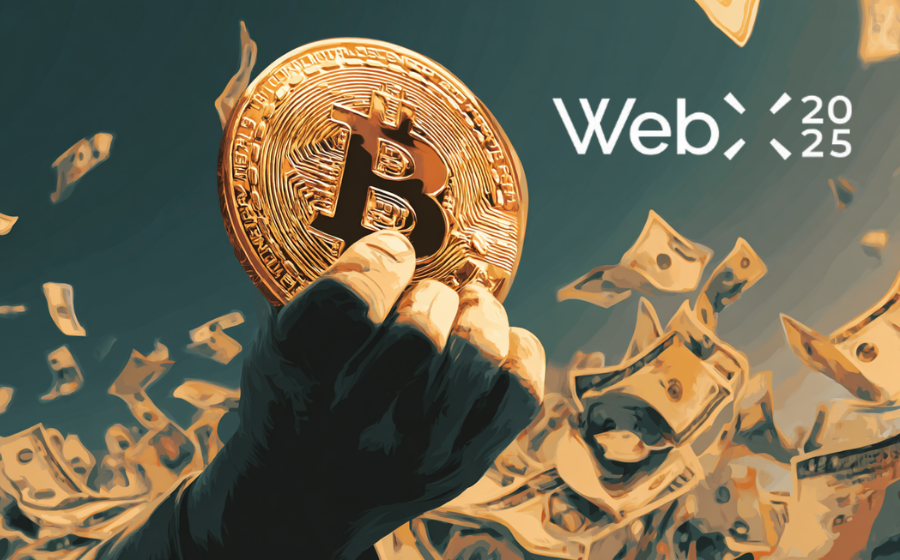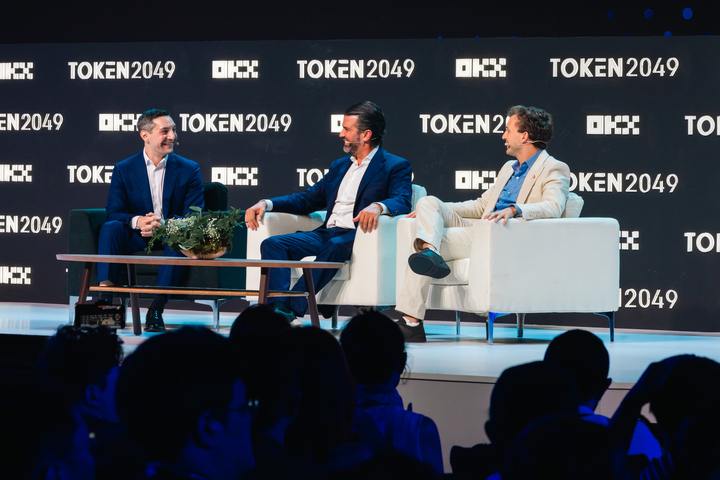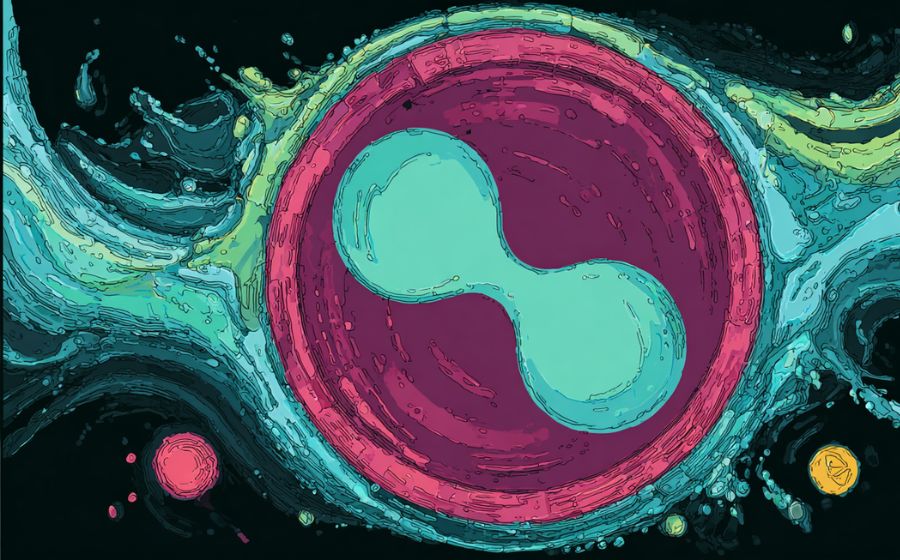
KEYTAKEAWAYS
- X402 shifts the internet from information exchange to real-time value transfer, enabling autonomous payments through simple HTTP requests.
- It automates IoT and B2B payments, letting machines settle microtransactions instantly without human involvement or manual accounting.
- X402 paves the way for a true machine economy — where value flows automatically, securely, and continuously across digital infrastructure.

CONTENT
X402 transforms the internet from data exchange to value exchange, enabling machines to make payments autonomously and reshaping how digital economies function.

REDEFINING THE INTERNET’S VALUE FLOW
The previous article introduced the X402 protocol in a simple and easy-to-understand style.
What Is X402 and Why Everyone’s Talking About It
Today we will introduce the specific application scenarios of X402.
Most people see the internet as a space for sharing information — you click, request, and receive data. But X402 changes that logic entirely. It transforms the internet’s communication model from “requesting information” to “requesting value.” In other words, it enables payments to become as native and automatic as data transfer itself.
This shift doesn’t aim to make human payments faster or easier. Its true revolution lies in allowing machines to make payments on their own. Imagine a world where devices, APIs, and digital agents autonomously purchase what they need — bandwidth, data, or computing power — without human involvement, contracts, or intermediaries.
IOT AND MACHINE-TO-MACHINE TRANSACTIONS
Let’s start with something tangible — the Internet of Things (IoT). Today, connected devices rely heavily on centralized billing systems. For example, a smart streetlight waits for a utility company to issue a monthly bill, which is then paid manually. With X402, that entire process disappears.
Now, the smart streetlight can simply “call” an electricity API, pay instantly via an HTTP request, and receive power on demand. Similarly, an autonomous car could buy real-time road data or charging services every second as it moves.
These examples illustrate a future where machines are not just tools — they become economic participants. They consume, pay, and even negotiate in digital marketplaces. The result is a frictionless economic network running beneath human awareness, where network requests are payments.
B2B AND THE EVOLUTION OF DIGITAL BILLING
Beyond IoT, X402 has massive implications for B2B services, cloud computing, and SaaS billing. Today, companies pay for APIs, cloud resources, or CRM subscriptions through monthly or usage-based billing cycles that involve reconciliation, invoicing, and manual review.
With X402, all of that becomes instantaneous. The protocol integrates the logic of “use → pay → unlock” directly into HTTP — meaning every API call can trigger a microtransaction in real time.
Imagine using Google Cloud and seeing your service automatically settle fees per second of usage. Or think of CRM platforms where digital agents manage accounts and pay precisely for the data they consume. Projects like Autonolas or Sentient — which focus on autonomous agent ecosystems — could finally enable intelligent entities to transact value internally without human oversight.
This marks the rise of programmatic finance, where accounting flows as smoothly as data streams. No invoices, no delays, no manual reconciliation — just pure machine-to-machine efficiency.
FROM HUMAN FINANCE TO MACHINE ECONOMIES
The broader implication of X402 is that it pushes society from human finance to machine finance. Instead of accountants processing monthly statements, code handles payment streams. Instead of business contracts and payment gateways, the protocol itself enforces value exchange.
In such a system, every connected entity — from a Tesla to a microservice API — becomes capable of economic action. Value moves automatically, proportionally, and instantly. The concept of financial friction dissolves into background automation.
For industries, this means faster transactions, lower overhead, and unprecedented interoperability between machines and enterprises. For humans, it means our digital infrastructure begins to operate economically — even when we’re not watching.
A NEW INDUSTRIAL STACK IS FORMING
To better visualize the X402 ecosystem, imagine it as a layered structure:
- Settlement and Blockchain Layer: public chains and settlement networks that process X402 transactions.
- Wallet and Payment Infrastructure: systems that handle identity, signatures, and value storage.
- Protocol and Tools Layer: where developers integrate X402 into APIs and services.
- Applications and AI Layer: where autonomous agents and digital platforms operate.
- Enterprise and User Layer: where companies, machines, and end users interact.
Together, these layers form the backbone of a new machine economy, where economic activity no longer depends on human permission or manual intervention.

CONCLUSION
At its core, X402 isn’t just another crypto protocol — it’s a fundamental rewrite of how value flows across the internet. It merges communication and payment into one atomic action. Once devices and software start paying each other directly, the boundary between “technology” and “economy” disappears.
The future won’t be defined by humans making faster payments, but by machines paying each other seamlessly — turning the internet into the world’s most efficient, autonomous economy.
The next post will continue to update the X402 industry chain analysis and related targets.












